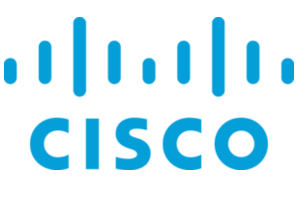Fiber@Home Limited, a nationwide transport (transmission) service provider in Bangladesh, has partnered with Cisco to accelerate the conversion of their network to 400G, enabling them to deploy an automated transport 5G-ready network across Bangladesh and support increased bandwidth demand from businesses of all sizes.
Fiber@Home is using Cisco platforms for this expansion to enhance and optimise the overall customer experience, becoming the first customer in the country to adopt Cisco’s Routed Optical Networking technology.
As the world continues to evolve digitally, Fiber@Home is witnessing disruptive growth and adopting new technology to more efficiently build and cost-effectively manage critical IP networking infrastructure, as well as support future innovations, including the evolution of enterprise services, 5G, and IoT.
Additionally, Fiber@Home aims to optimise its CapEx and OpEx by implementing new architectures on platforms ready for mass-scale networking and through automation. The company is focusing on deploying the Cisco Network Services Orchestrator (NSO) software platform on its current network as a foundation for infrastructure programmability and automating operations and customer-facing services.
“This new 400G wavelength network will offer a fourfold increase in maximum data transfer speed compared to 100G, enabling Fiber@Home to provide stable critical connectivity to our customers. The Cisco Routed Optical Networking solution streamlines and strengthens our network capacity, providing a superior customer experience while also optimising Fiber@Home’s capex and opex utilisation,” says Moynul Haque Siddiqui, chairman, Fiber@Home.
The upgrade to 400G will support the exponential demand for data in Bangladesh by both businesses and consumers, by converging Fiber@Home’s IP and optical networks onto Cisco’s unified platform.
In addition to increasing data transfer speed with this collaboration, Fiber@Home will have ability to enhance capacity while reducing footprint and power for a lower carbon impact. The network modelling of the solution shows up to 40-45% power reduction and real estate optimisation. With IOS XR7 modularity, programmability minimises human intervention during set-up and operation, thus reducing onsite operations. Fewer truck rolls, fewer maintenance windows, less packaging, and more recycling will help Fiber@Home’s achieve their CO2 emission goals without compromising on technological innovation.
“Visionary service providers like Fibre@Home recognise the value of a network that can be scaled in response to the dynamics needs of consumers and businesses. By converging their IP and optical networks, in addition to greater wavelength utilisation, Fiber@Home will be able to optimise their power consumption, resulting in a much lower carbon impact, and streamline their hardware, leading to a reduction of 50% in operational costs. This partnership is a step towards bringing fast, reliable, and sustainable internet services to the people of Bangladesh,” says, Anand Bhaskar, managing director, service provider business, Cisco India & SAARC.
Comment on this article below or via Twitter: @VanillaPlus OR @jcvplus






